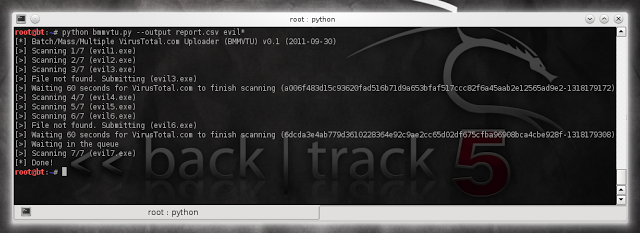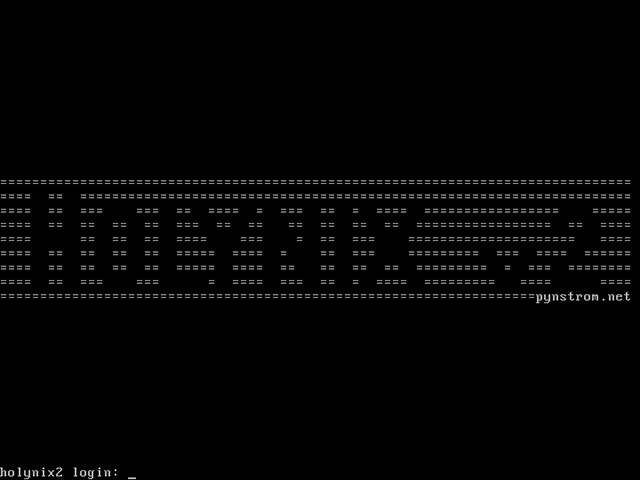*This wasn't meant to be live just yet!*
I scheduled all draft posts. I became ill and wasn't available to stop it from posting.
I was cleaning out my bookmarks, de-cluttering twitter favourites and closing a few tabs. Re-saw a few 'hidden gems' as well as repeating finding links for people, so I thought I would try and 'dump' them all in one place.
These are roughly sorted, if you're wanting something better - I highly recommend having a look at the pentest-bookmarks.
This list will be updated from time to time!





